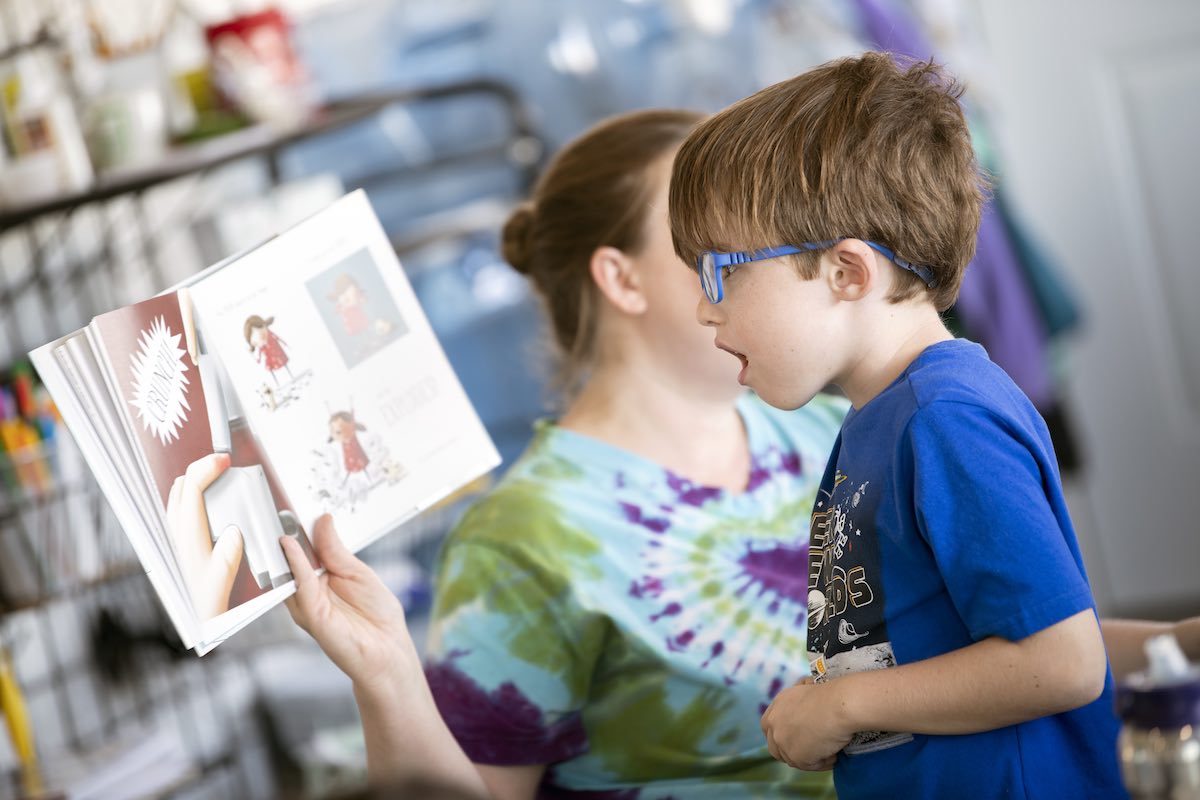8 student engagement strategies to try in the classroom

In the evolving landscape of education, student engagement is a hot topic. It is a critical factor influencing student success and overall learning outcomes. However, traditional teaching methods often fall short in promoting active participation and maintaining student interest. Given this scenario, educators worldwide are exploring innovative student engagement strategies. Let’s delve into eight such strategies that are reshaping the educational scene.
Understanding student engagement
Student engagement is the degree of attention, curiosity, interest, and passion that students show when they are learning or are being taught. This involvement goes beyond mere compliance with teachers’ instructions. It implies a deep, intellectual commitment to learning, where students actively participate in their educational journey.
The declining trend of student engagement
Research indicates a worrying trend. While 74% of fifth-grade students are engaged in their learning, this number drops to a mere 34% by high school senior year. This decline underscores the urgency to rethink traditional educational approaches and adopt strategies that can rekindle the flame of learning.
Strategy 1: Embracing project-based learning
Project-based learning (PBL) is a transformative approach that shifts learning from a one-size-fits-all model to a more personalized, student-centered, and real-world-oriented paradigm. Students learn through active exploration of meaningful projects, fostering an environment where creativity, curiosity, and critical thinking thrive.
Understanding project-based learning
In PBL, students take charge of their learning process. They delve into their interests and collaborate to solve complex problems. This strategy respects each learner’s individuality and potential, making learning an engaging and meaningful experience.
The Learning Outpost: A PBL case study
The Learning Outpost, a microschool in Las Vegas, has reimagined education with its project-based learning approach. Here, students’ curiosity is ignited as they engage in projects aligned with their interests. The results have been transformative, fostering a love for learning and equipping students with skills needed for real-world challenges.
Strategy 2: Prioritizing individualized learning
Individualized learning is a strategy that caters to each student’s unique learning style, pace, and interests. It acknowledges the diversity among learners and provides a personalized learning experience that promotes student engagement.
Strategy 3: Promoting collaborative learning
Collaborative learning, another effective student engagement strategy, fosters a sense of community and mutual respect. Students work together toward common goals, learning to communicate effectively, negotiate differences, and collaborate.
Strategy 4: Incorporating real-world connections
Making real-world connections enhances the relevance of learning. When students see the practical application of what they’re learning, they are more likely to be engaged and retain the information.
Strategy 5: Fostering reflective processes
Reflection is a vital component of effective student engagement strategies. Students who reflect on their learning process can evaluate their progress, make necessary adjustments, and promote self-awareness and continuous improvement.
Strategy 6: Leveraging technology
Technology plays a pivotal role in facilitating student engagement. From project management tools to digital collaboration platforms, technology enhances the learning experience, provides real-time feedback, and personalizes learning.
Strategy 7: Introducing mentor teachers
The concept of mentor teachers is another innovative strategy to boost student engagement. These are educators with a record of exceptional results, recognized nationally for their engaging teaching style. They team up with local teachers, providing students with the one-on-one instruction they need.
Strategy 8: Experimenting with microschools
Microschools, like Prenda, are pioneering a new model of education that is proving effective in enhancing student engagement. These schools cater to small groups of students, offering a unique curriculum and approach that is tailored to the needs and learning styles of each learner.
The future of student engagement
The future of student engagement looks promising, with numerous innovative strategies being explored. The key lies in embracing diversity in learning experiences and creating a culture of exploration, collaboration, and innovation. By doing so, educators can unlock the full potential of every student, preparing them for success in a dynamic world.
In the face of declining student engagement, these strategies offer a beacon of hope. They challenge the status quo and demonstrate how education can be transformed to foster lifelong learners. As we move forward, it is crucial to continue exploring, adapting, and implementing these strategies to ensure the success of every student.
Additional k-12 education resources
- Access Stand Together’s K-12 Education Landscape Report.
- Download Stand Together’s Education Research Papers.
- Access Stand Together’s Guide To The Best Education Programs.
- Watch Inspiring Back To School Videos.

